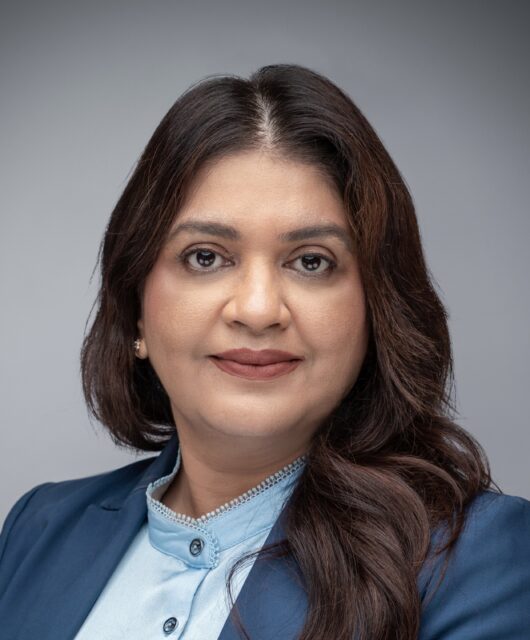
Architect Scott Pryde, Principal and Middle East Design Director at DLR Group, explores vertical cities as a solution to urban sprawl, merging towering skyscrapers with sustainable infrastructure. This approach redefines future urban living.
As urbanisation continues to surge worldwide, architects increasingly turn their gaze skyward, envisioning a future where cities evolve vertically rather than horizontally. This concept of vertical cities, characterised by towering skyscrapers interconnected with green spaces, transportation hubs, and sustainable infrastructure, presents a promising solution to urban sprawl and population density challenges. From an architect’s standpoint, the rise of vertical cities signals unprecedented opportunities and challenges, prompting a reimagining of urban landscapes and architectural paradigms.
Innovative Solutions for Urban Challenges
With nations worldwide committing to carbon neutrality by 2050, the importance of exploring tall building designs becomes increasingly evident. Vertical cities offer many solutions to pressing urban challenges. Primarily, they maximise land efficiency by stacking functions vertically, thereby conserving valuable ground space.
With a smaller footprint, vertical cities can preserve surrounding natural habitats and agricultural lands while accommodating growing populations. By clustering residential, commercial, and recreational spaces within proximity, vertical cities enhance accessibility and foster vibrant, interconnected communities. They promote walkability and reduce automobile reliance, foster more sustainable modes of transportation, and mitigate traffic congestion and pollution. Moreover, their verticality enables efficient resource utilisation, such as harnessing solar energy through building-integrated photovoltaics and utilising vertical farming techniques to enhance food security.

Addressing the Complexities of Vertical Urbanism
Despite their promise, vertical cities pose significant challenges that architects must navigate. One of the foremost challenges is structural engineering, as designing safe and aesthetically pleasing skyscrapers requires innovative engineering solutions and materials. Additionally, vertical cities demand meticulous urban planning to ensure efficient circulation, equitable access to amenities, and adequate green spaces. Moreover, vertical living raises concerns regarding social equity, as access to sunlight, views, and green spaces may be unevenly distributed among residents. Addressing these challenges necessitates interdisciplinary collaboration among architects, urban planners, engineers, and policymakers to create inclusive, sustainable vertical environments.
Anticipating the Inevitable Future of Vertical Cties
The future of vertical cities holds immense potential for architectural innovation and urban transformation. Expect to see skyscrapers seamlessly integrated with greenery, utilising vertical gardens, rooftop parks, and sky bridges to enhance biodiversity and ease the urban heat island effect. Advances in building materials, such as carbon-neutral concrete and self-healing facades, will further enhance the sustainability and resilience of vertical structures. Furthermore, advancements in digital technologies, such as Building Information Modeling (BIM) and parametric design, will streamline the design and construction process, enabling architects to create more efficient and visually striking vertical landscapes. As vertical cities continue to flourish, expect to witness a renaissance in urban living characterised by dynamic, interconnected communities thriving amidst the vertical horizon.
By embracing interdisciplinary collaboration and pushing the boundaries of architectural imagination, architects can lead the charge towards a future where the sky is not the limit, but rather the canvas upon which we build thriving, vertical communities.
Contact Scott Pryde and the DLR Group Middle East team today to explore visionary solutions for your next vertical mixed-use development.
*The images are AI generated.








